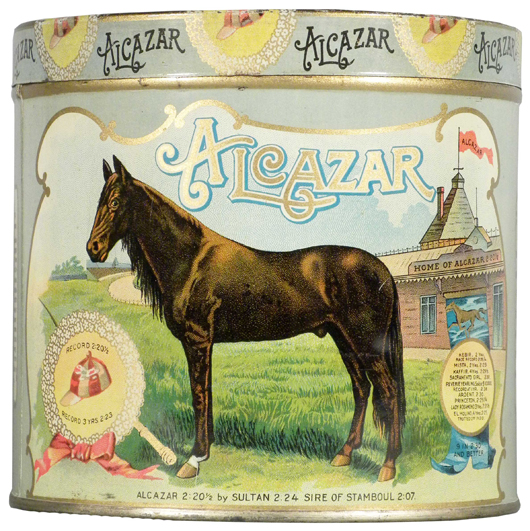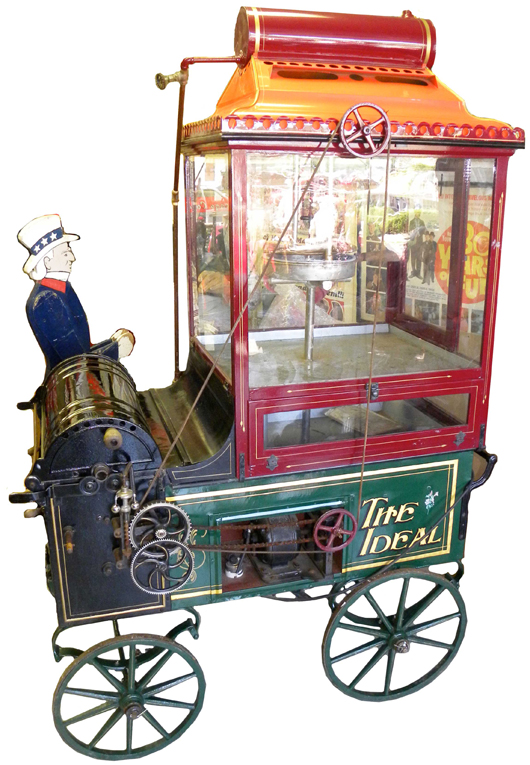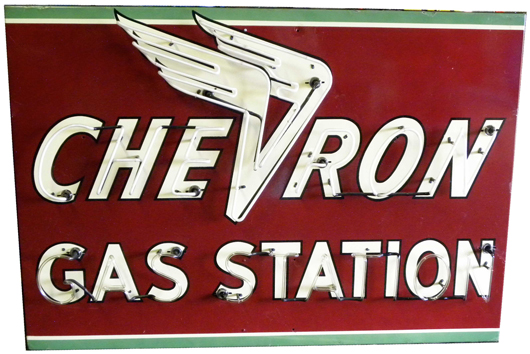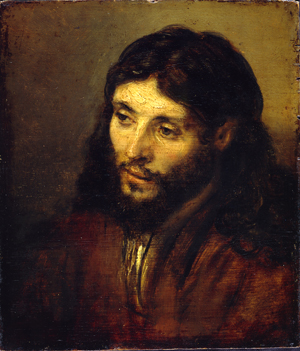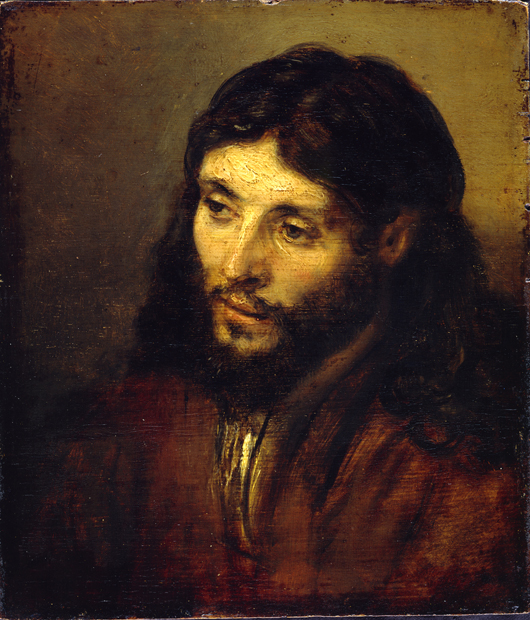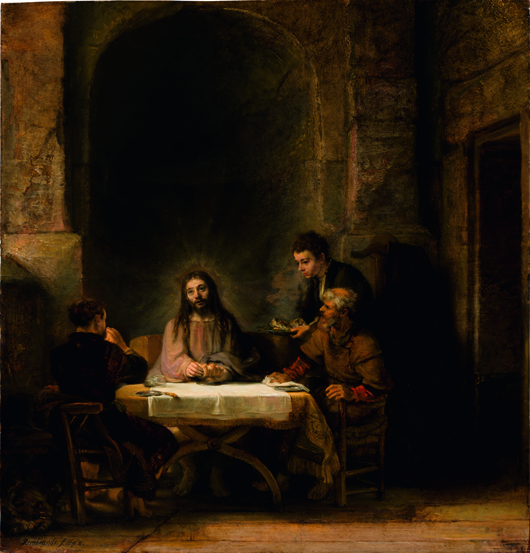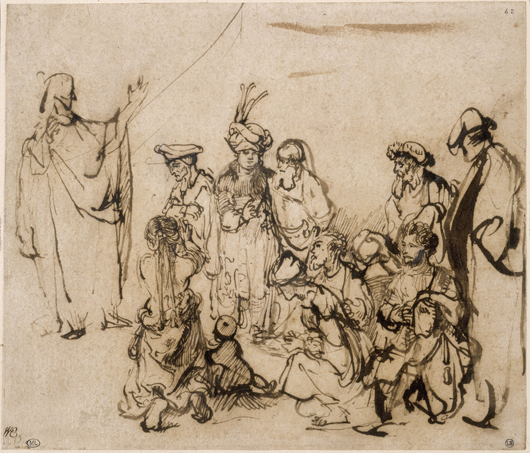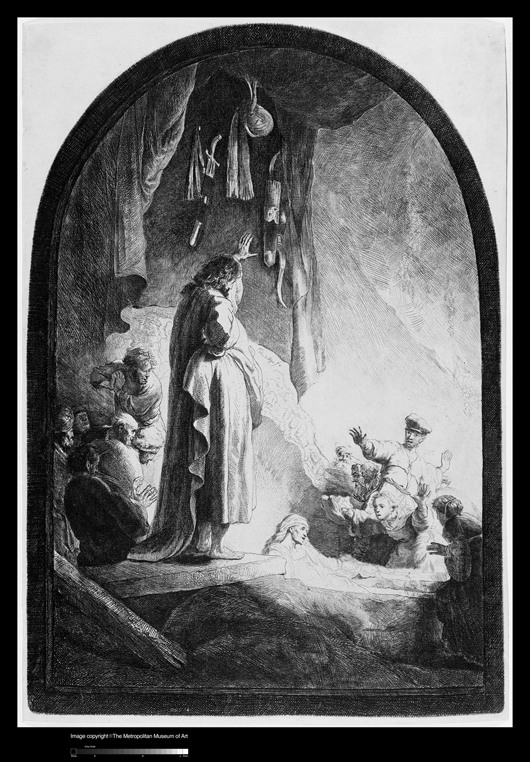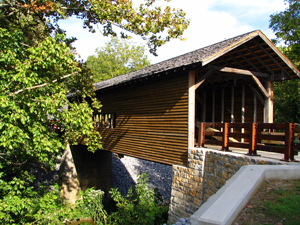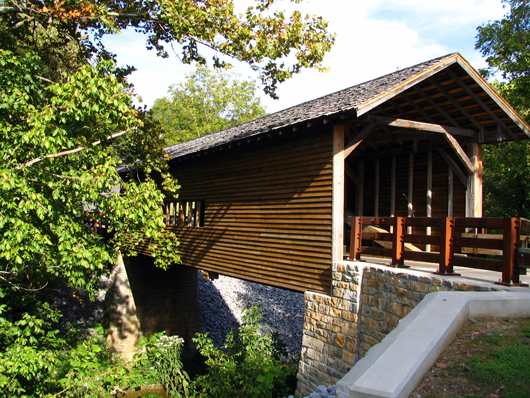
LiveAuctioneers.com will provide Internet live bidding for the second and third days of the auction, which will be held at the Washtenaw Farm Council Grounds. Hundreds of additional, fresh-to-the-market items from other consignors will also be sold.
In addition to country store and advertising, the sale will also include barber shop, coin-op, gambling, folk art, toys, banks, Coca-Cola and other soda, gum, candy, firearms and gunpowder, tobacciana, coffee, salesmen’s samples, whiskey, breweriana, petroliana, automobilia, match safes and pedal cars.
The auction will also feature Western and Native American Indian, traditional cowboy, Hollywood cowboy, pottery, music, black Americana, furniture, displays and showcases. The first day of the sale, Friday, Sept. 30, will be reserved for live bidding only, at the event. On Oct. 1-2, Internet, phone and absentee bids will also be taken.
Flyers will be mailed around Aug. 15, and full-color catalogs will be available Sept. 10. To order a catalog, send $35 ($50 for Canada) to Showtime Auctions, 1537 Caddy, Wichita, KS 67212; or call Carol at 316-721-5236.
A preview will be held Friday, Sept. 30, from 8 a.m. to 2 p.m., and on Saturday and Sunday, Oct. 1-2, from 8-9 a.m. (with auction hours from 9 a.m.-5 p.m.). The Friday live-only auction will be held from 2-6 p.m. A complimentary lunch will be served that day. The preferred hotel is Weber’s Inn in Ann Arbor (www.webersinn.com). To make a reservation, call 734-769-2500.
The anticipated top lot of the auction is an authentic 1880s Cigar Store Indian attributed to Thomas Brooks, in excellent condition and with most of the original paint intact. It is expected to fetch $35,000-$65,000. Another star lot should be the Mills 25-cent “One Armed Bandit” Frank Polk figure slot machine, in excellent condition, made circa 1950s (est. $15,000-$25,000).
A 1926 Model T turtleback roadster, fully restored and in excellent running condition, should bring $10,000-$20,000.
A handmade miniature train locomotive and tender manufactured in the 1930s by a longtime employee of the Rock Island Railroad and a faithful representation of the real thing carries a $5,000-$10,000 estimate.
Vintage signs will abound in this sale. Examples will include a reverse glass sign for Rye Whiskey, in remarkable condition (est. $10,000-$25,000); a desirable DeLaval Cream Separator tin sign, also in great shape (est. $2,000-$4,000); and a pair of 1920s tin litho die-cut store display signs for kids’ “Koveralls,” possibly the only ones in existence (est. $4,000-$8,000).
Gas signs will feature a Chevron Oil Co. porcelain and neon sign in great condition (est. $2,500-$5,000); and a porcelain and neon sign saying “Gas” in fine condition (est. $2,500-$5,000). Toy cars will include a Garton 1938 Lincoln Zephyr pedal car in all-original condition, one of only a few made (est. $1,000-$4,000); and a tin toy racecar in mint shape.
Two intriguing lots with identical estimates of $2,000-$4,000 are the largest counter-top cash register ever made by the National Cash Register Co. (the Model 562-4-C with a rare waterfall receipt cage, beautifully restored to working condition); and an Austen Kern oak round-seat barber chair with genuine leather upholstery, also restored to its original glory.
Other featured lots will include a 1908 popcorn and peanut street vendor cart made by R.O. Stutsman (“The Ideal”), fully restored (est. $5,000-$10,000), an original-condition National Coffee Grinder (est. $3,000-$5,000); a 1909 Hilda Clark Coca-Cola tray in mint condition (est. $1,000-$3,000); and a rare Steelcraft trimotor U.S. Mail toy airplane (est. $2,000-$5,000).
Showtime Auctions is based in Woodhaven, Mich. The firm is always accepting quality items for future sales. To learn more about Showtime Auctions and the Sept. 30-Oct. 2 sale, log on to www.ShowtimeAuctions.com or call Michael Eckles at 951-453-2415.
ADDITIONAL LOTS OF NOTE
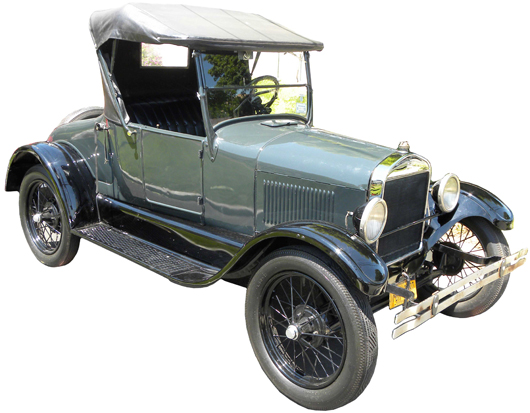
1926 Model T turtleback roadster in excellent restored condition, estimate: $10,000-$20,000. Image courtesy of Showtime Auctions.
